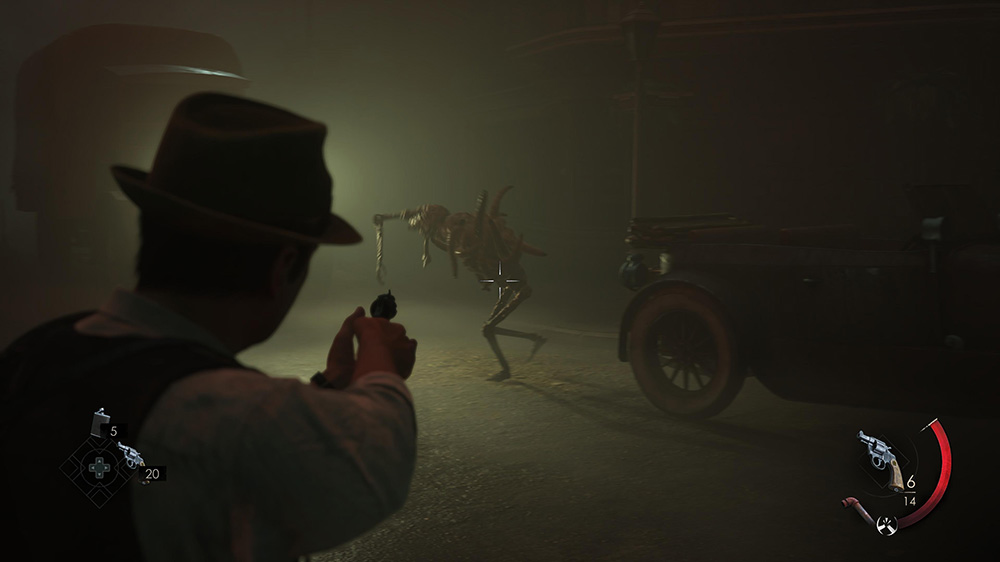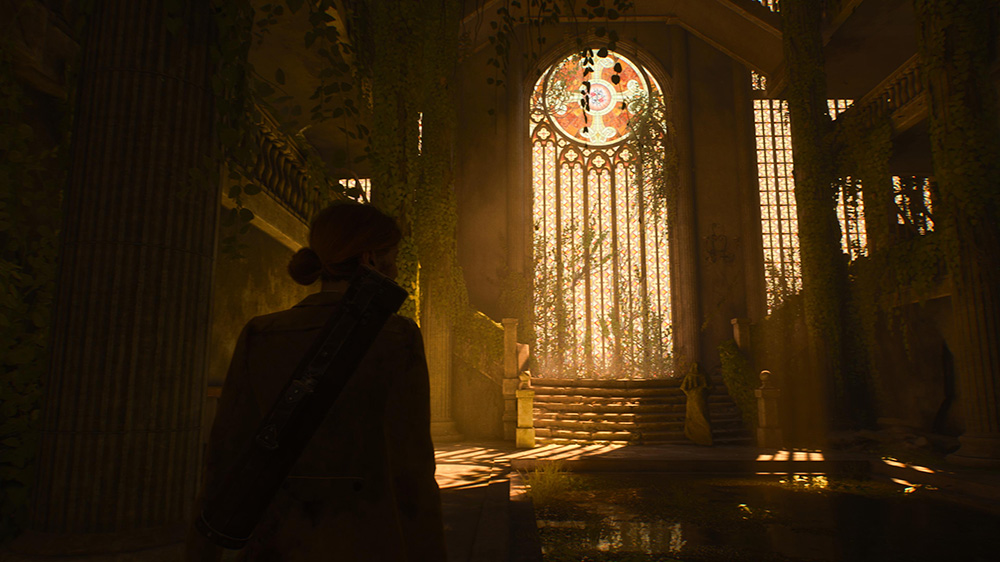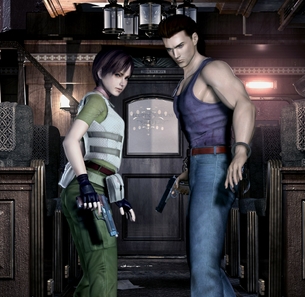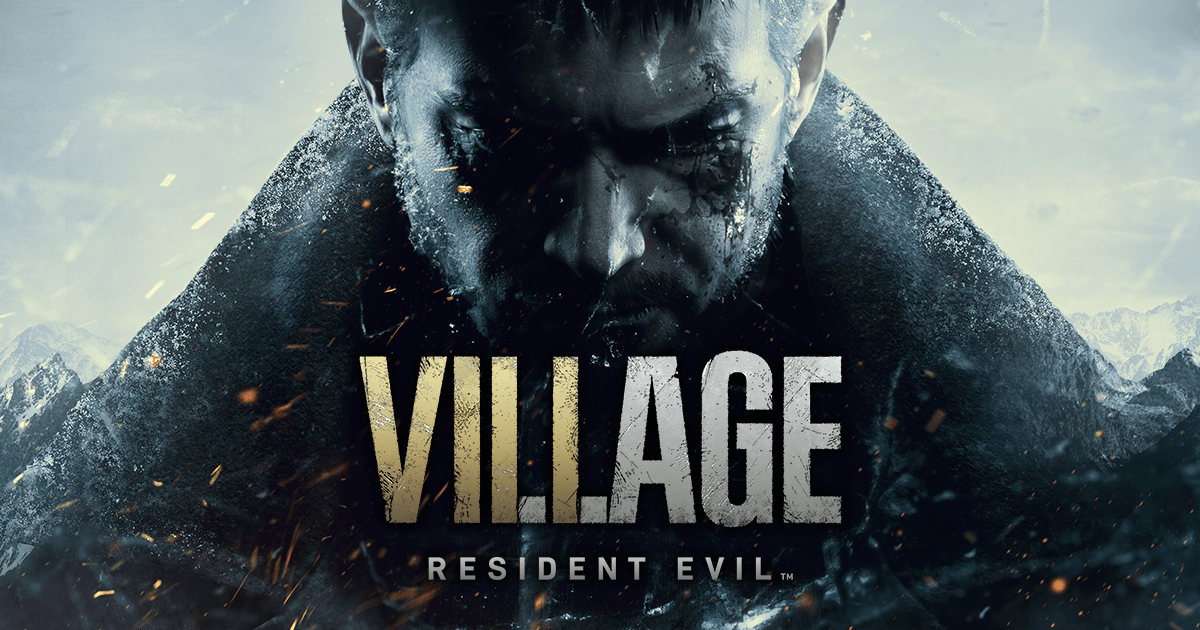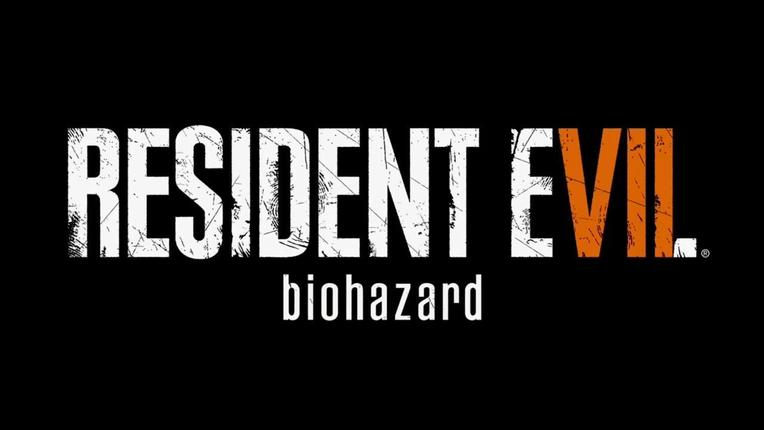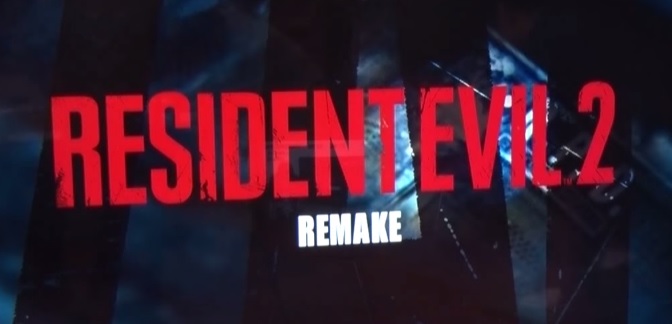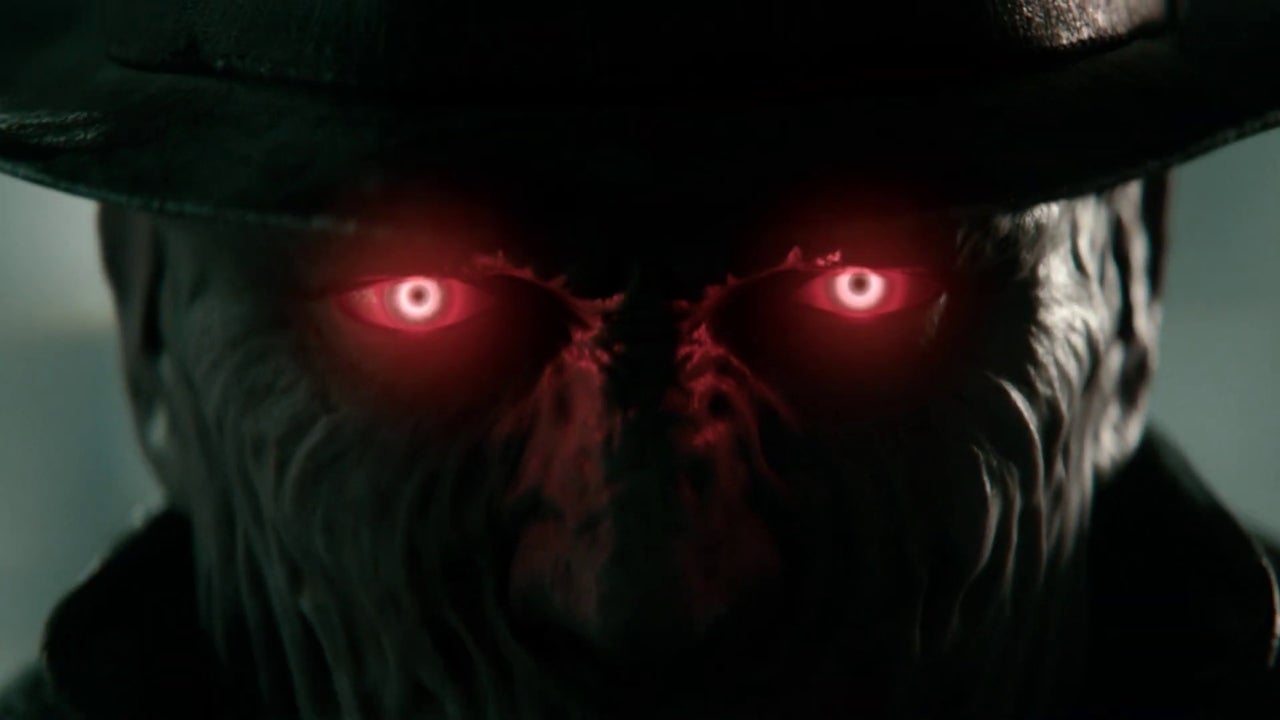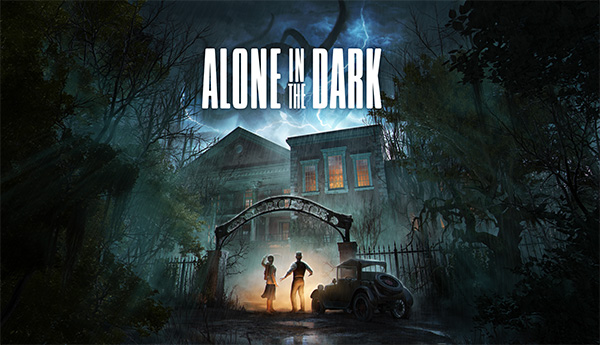
Alone in the Dark is a horror game franchise that I always felt was quite sadly left behind. The original 1992 game, by today’s standards a hideous polygonal mess of pointy polygons, was nonetheless the original 3D horror game and would set the template for the genre for the next decade, introducing fixed cinematic camera angles, a story centred around a spooky mansion with secrets, pre-rendered backgrounds with 3D models and tank controls. There would be no Resident Evil without Alone in the Dark, and after two sequels were quickly pumped out, the franchise lay dormant for a few years as Resident Evil and Silent Hill, among other series, became the more well-known icons of the genre. There were two attempted reboots, one in 2001 which was a competent entry that itself was inspired by Resident Evil, and which produced an atrocious Uwe Boll-directed film, and another poorly-received one in 2008 that was amiably ambitious, if roughly executed.
A new reboot, once again simply titled Alone in the Dark, is out for 2024 and is clearly an attempt to return to the franchise’s roots. It shares a similar concept and jumping-off point as the 1992 original game, and is more interested in constructing a Lovecraftian psychological horror experience that relies just as much on puzzle solving as it does on action. Its writer, Mikael Hedberg, who has his own horror lineage of work on Soma and Amnesia is clearly respectful of the series’ legacy and knows exactly what should be making it tick, and while Alone in the Dark does have its issues, this is an enjoyably sincere attempt at bringing the the franchise back into relevancy.
Alone in the Dark begins in much the same way as the original game, in the 1920s following Emily Hartwood (played by Jodie Comer) and Edward Carnby (David Harbour) as they arrive at Derceto Manor in Louisiana. In this reboot, Emily has hired Carnby to assist in the retrieval of her uncle, Jeremy, who sent her a disturbing letter about a cult growing in Derceto, which has become a refuge for treatment of the mentally ill. They find Jeremy missing and the residents and workers of Derceto evasive, while a strange rot appears to slowly creep through the manor. Weirder still, an ancient talisman appears to shift reality in some rooms, creating portals to monster-infested locations that may be real, imaginary or metaphorical, but all of which seem to link back to Jeremy and a dark truth at Derceto.
Getting a clear picture of what exactly is going on in Alone in the Dark isn’t quite so simple, and you’re clearly meant to experience it twice. You can choose to play through as either Carnby or Emily, although unfortunately there isn’t a lot of difference in their campaigns. Playing through as one character will reveal the other having an entirely separate experience, making progress in their own investigation. You would assume that when you’d then play that character’s campaign, you’d get to see this ‘other side’ of the story, but this isn’t the case – the story simply replaces who takes on the lead role, and they experience the same puzzles in the same locations, with differences in cutscenes and some levels and personal revelations towards the end. Emily gets a little more direct explanation as to what’s going on in Derceto, while Carnby has a comparatively more confusing whirlwind of reality to deal with, but it is a shame that the two halves of this game don’t interlock in a more natural way. That said, it was an interesting choice getting well known actors to play the title roles, and while their realistic models clash with the rest of the more game-like cast, David Harbour especially tackles his role with appropriate aplomb.
The story is an interesting mix of Lovecraftian elements with primarily Southern Gothic influences and New Orleans mythology. The bayou, swamplands, the French Quarter and over-ground cemeteries are all a part of Alone in the Dark‘s narrative, alongside plenty of influences from other horror games, mostly Silent Hill and the way it externalises the inner lives of its characters. It keeps you on your toes throughout, as a good psychological horror will, keeping you guessing as to what’s real, what could be psychosis, and what exactly the nature of the various supernatural elements are – from the ‘Dark Man’ who stalks the halls of some locations, to the bayou deity that keeps popping up in several texts. Some of the story is explicitly told, some of it can be inferred from art and design choices in the game too. This is all good, I’m just not sure it comes together into a satisfying conclusion by the end, which involves a comparatively less-interesting ‘big’ boss fight. I did think it was pretty cute to see so many homages and references to past Alone in the Dark games from the past, however, even to the sequels and reboots.
Alone in the Dark is primarily an adventure-style horror game, collecting items and using them to solve puzzles around Derceto and other locations. Occasionally, you’ll have to work out combinations using limited clues, and while you can turn on some basic hints, for the most part Alone in the Dark respects your intelligence enough not to hand-walk you through every puzzle and let you use your own grey matter to come to the right conclusion. I actually applaud this design choice, and it makes for a more investing and rewarding investigation into Derceto – except for one single instance that could be up to my own deficiency in grey matter, involving a combination to a safe with a deceptively simple answer that ignores other number-based notes you’ve collected previously. There are also ‘lagniappes’ to collect, which are simple random objects that form ‘sets’ that need to be found across both campaigns, some of which optional ‘secret’ objectives that I almost missed through my first playthroughs.
Your puzzle solving and exploration is punctuated by some basic combat, which is competent. Emily and Carnby have a small selection of weapons – a handgun, shotgun and machine gun – with limited ammunition found throughout the environments and occasional breakable melee weapons as well. Given the limited ammunition, you’re encouraged to either sneak around monsters or use bottles to distract them, but I never found the stealth worked consistently enough for it to be a viable strategy, instead preferring to use the bottles to create pools of alcohol to ignite with weapons fire for area damage, and just shooting every monster I found anyway. Based on the pre-release version I played, Alone in the Dark also had some more worrying issues, including frequent crashes and audio glitches, necessitating restarts.
This Alone in the Dark reboot is a more well-judged adjustment than any of the previous attempts, especially as the developers have clearly tried to reach back into what made the first game unique and interesting in the first place, beyond its ground-breaking (for the time) tech. 2024’s Alone in the Dark is a more engaging Lovecraftian tale than many others we’ve seen in horror games in recent years, partially because it has such a strong sense of place to draw upon in Derceto and Louisiana, and partially because it is quite fun to watch David Harbour grapple with all the insanity that brings. The gameplay itself is more respectful of the players’ intelligence than many other adventure games, although the combat and stealth are quite basic, and I wouldn’t necessarily say I was genuinely scared more than once throughout both campaigns. However, Alone in the Dark crafts a compelling horror story that proves there’s life in the series yet, and maybe it hasn’t quite been left behind after all.
This review is based on code provided by the publisher for PlayStation 5.
-Cool blend of Lovecraft and New Orleans mythology and imagery -Much more faithful to Alone in the Dark's original concept than any other reboot so far, and plenty of references -An interesting mix of locations expand beyond Decerto
-Minor differences between campaigns feel like a missed opportunity -Clumsy combat -Some jankyness

